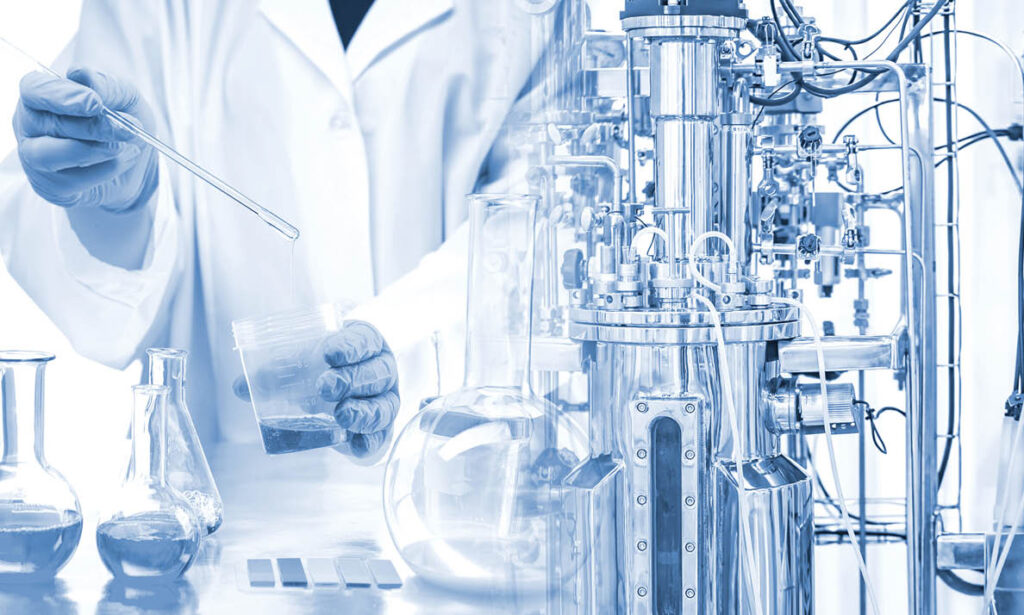As the life sciences sector has exploded in recent years, developers have jumped at the opportunity to repurpose commercial office space and other buildings for research and office space. But another type of life sciences facility is emerging—and bringing with it a new set of real estate requirements and expertise.

Life sciences firms need biomanufacturing facilities to mass produce the elements of their vaccines, drugs, or related products. These facilities require more space, specialized infrastructure, and a level of sophistication above even that of the millions of square feet of research and development space under construction across the globe.
According to Nick Cassaro, former leader of life sciences projects at Structure Tone Boston, three major factors are driving this growing focus on manufacturing:
1. Technology. “To get 100 doses of a vaccine 10 years ago, you would need a 100,000sf facility to house the big brewery-style tanks they used,” he says. “But now with the emergency of gene and cell therapies, you can do it in more like 25,000sf. They work in smaller doses with more specific technologies and much more efficiency.”
2. Venture capital investment. The life sciences market has been experiencing unprecedented investment—accelerated even further by COVID. According to CBRE’s 2021 midyear market report, life sciences more than doubled venture capital funding between Q1of 2020 and Q1 of 2021.
3. Company lifecycle. As part of the recent focus on finding a COVID-19 vaccine, novel therapies have proven to provide efficient medicines. As a result, more start-up companies have emerged and pushed existing companies to grow more quickly past research and discovery.
As funding continues to flow into the industry, start-ups continue to grow, and their real estate needs and capital investments naturally follow suit. “The more a company matures, the more space they need for their specialized research, equipment, and manufacturing,” Cassaro says.
What makes biomanufacturing facilities different?
Floor load and ceiling heights. Many bioprocesses involve storing water, and water is heavy. The specialized equipment needed for each process can also be substantial, making structural support and space critical.
MEP infrastructure. From chemical reactions to safe handling, the MEP systems in the building must be made to accommodate the specific processes of the facility.
Unique spaces. Depending on the processes and the drug in production, the needs of a given biomanufacturing facility can be extremely specific, meaning they need to be custom built or significantly updated and upgraded.
Experience. Given the amount of risk already inherent in the prospect of developing a new drug, life sciences firms look for battle-tested partners who understand the needs of the sector. “All of their energy is focused on their product,” says Cassaro. “They want a design and construction team who already has a history of success they can rely on.”
Cassaro says all signs are pointing to a growing demand for biomanufacturing facilities throughout 2022, particularly along the East Coast. While Cambridge and the greater Boston market remain the center of excellence for research and discovery, he says firms may be looking elsewhere for manufacturing.